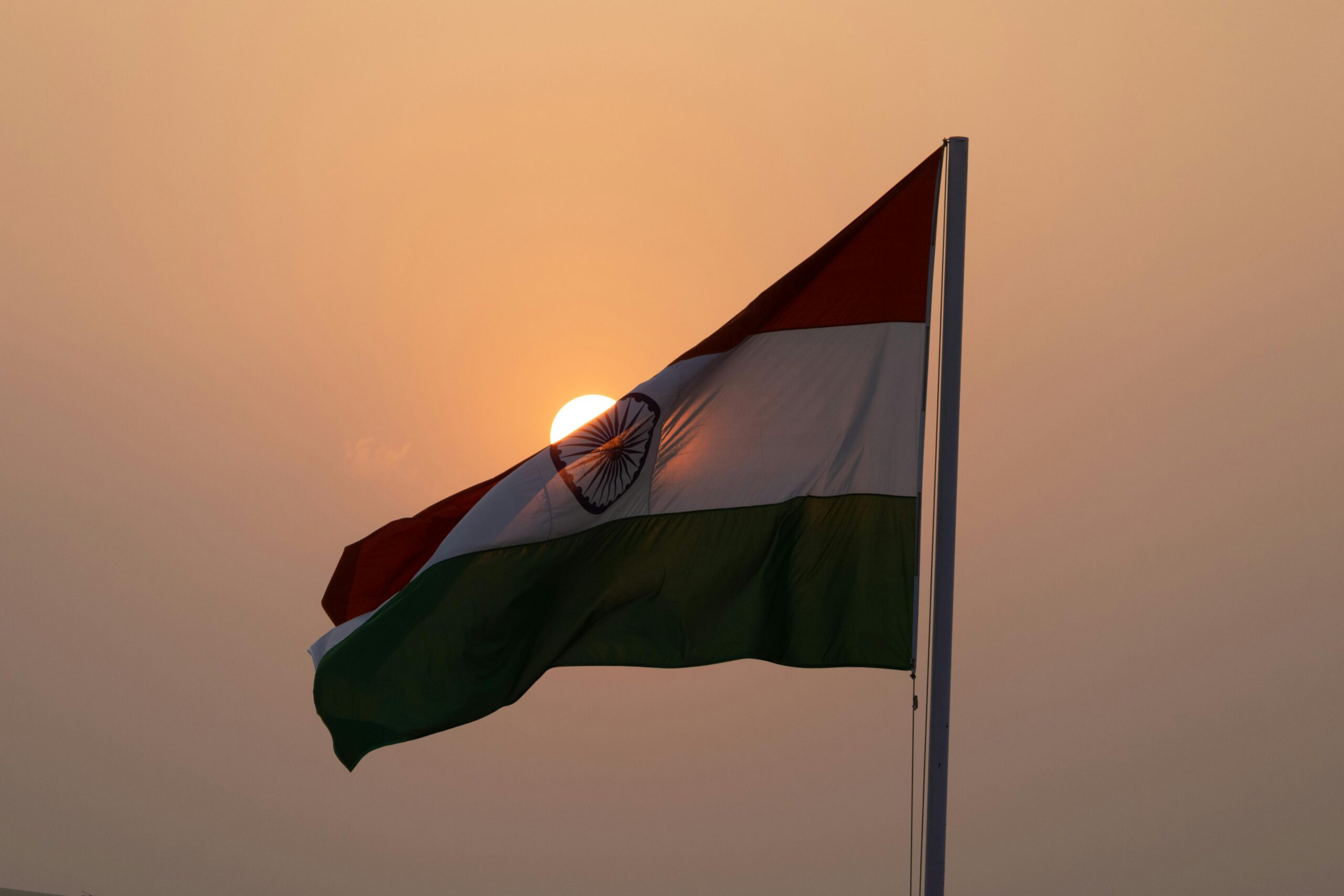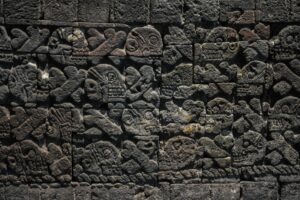Why Indigenous People Hold the Key to Global Climate and Biodiversity Goals
The UN’s latest report highlights how Indigenous People, despite forming just 6% of the population, protect 80% of Earth’s biodiversity, yet receive under 1% of global climate funding.
1. Why Is the UN Report on Indigenous Peoples So Critical in 2025?
On April 27, 2025, the UN’s “State of the World’s Indigenous Peoples” report revealed Indigenous Peoples make up 6.2% of the global population yet protect 80% of remaining biodiversity. Despite this crucial role, they receive just 0.8% of international climate finance. This disparity, confirmed by UNEP and the World Bank, reflects systemic inequity in climate policy that undermines global sustainability efforts and neglects Indigenous stewardship contributions.
2. How Does Climate Change Threaten Indigenous Economic Survival?
Over 70% of Indigenous livelihoods are tied to agriculture, fishing, and forestry, which are now facing collapse due to rising climate volatility. Between 2012 and 2022, 45% of these communities reported declining crop yields due to unpredictable rainfall and land degradation. Verified by FAO and IPCC data, climate disruptions are eroding the core of Indigenous economies, increasing dependence on aid and reducing self-sufficiency in over 50 nations.
3. What Happens When Ancestral Lands Are Lost?
According to the UN report, nearly 38% of Indigenous territories have faced encroachment from climate-induced events or industrial activities. In Brazil alone, 2.4 million hectares of Indigenous land have been deforested since 2000. Land loss affects not only sovereignty but also interrupts spiritual and cultural ties. Reports from IUCN and Human Rights Watch confirm that loss of land often correlates with biodiversity collapse and increased community displacement.
4. How Is Health of Indigenous Peoples Affected by Climate Impacts?
A WHO study cited in the UN report found Indigenous populations are 3 times more likely to face climate-related health issues. In northern Canada, 61% of Indigenous communities report higher respiratory illness due to wildfire smoke. Limited healthcare access and reliance on now-damaged traditional food sources are worsening malnutrition and increasing chronic illness, with no matching increase in healthcare funding, says the Lancet Planetary Health journal.
5. How Does Climate Change Erase Indigenous Languages and Culture?
Linguistic and cultural erosion is accelerating. Over 600 Indigenous languages are at risk, many tied to ecological practices. In the Pacific Islands, the loss of coastal habitats has reduced the use of 30+ nature-based rituals. UNESCO data supports this, stating that 40% of endangered languages are Indigenous. As climate alters ecosystems, oral traditions and ecological knowledge systems disappear, severing the generational transfer of cultural memory and identity.
Quick Fact Box:
Global Indigenous Population: ~476 million (6.2%)
Biodiversity Managed by Indigenous Peoples: ~80%
Climate Finance Received: <1%
Primary Livelihoods: Agriculture, forestry, fishing
Languages at Risk: >2,600, 40% are Indigenous
Healthcare Gap: 3x higher climate illness rate than average
Land Encroachment: 38% Indigenous land under threat
Key Reports: UN 2025, WHO, UNESCO, IPCC
6. Can Indigenous Knowledge Systems Guide Modern Climate Policy?
Indigenous systems, like the Comcaac people’s ecological lexicon in Mexico or Somali tree taboos, provide time-tested sustainability models. In Australia, fire-stick farming reduced wildfire intensity by 27% in managed zones. Studies by UNEP and Nature Sustainability affirm Indigenous practices outperform modern methods in resilience and ecological balance. Mainstreaming such wisdom in climate frameworks can enhance both biodiversity and adaptation strategies, bridging ancient insights with modern science.
7. What Are Experts Saying About Indigenous Role in Climate Leadership?
Dr. Myrna Cunningham, a UN advisor, states, “Ignoring Indigenous leadership in climate policy is not just unjust—it’s self-defeating.” Similarly, IPBES co-chair Sandra Díaz notes, “Where Indigenous rights are respected, biodiversity thrives.” These quotes, cited in multiple climate forums and UN publications, stress the urgent need for equitable funding and decision-making power for Indigenous Peoples, who hold critical ecological intelligence for a planet in crisis.
What makes this story a must-read
This article connects climate equity, culture, and conservation through the lens of Indigenous resilience, offering data-backed insight into why global survival may depend on honoring traditional knowledge systems.
Share this content:














Post Comment